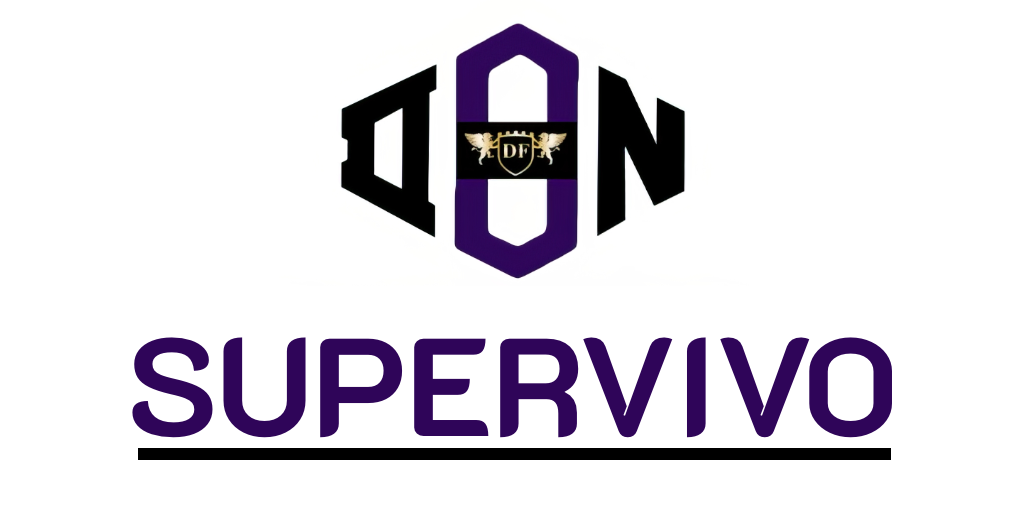The landscape of cyber threats is continually evolving, prompting a wave of innovations in cyber defence against enemy attacks. As adversaries become increasingly sophisticated, the demand for robust cybersecurity innovations has never been greater. Through the integration of cutting-edge technologies such as machine learning and artificial intelligence, organisations can now adopt more proactive defensive strategies in defensive cyber operations.
Collaboration between governmental bodies and private enterprises is vital in fostering these advancements, as both sectors work tirelessly to enhance our protective measures. As we delve into the realm of cyber defence, it is crucial to understand how these innovations not only thwart potential attacks but also pave the way for a more secure digital future.
The Importance of Cybersecurity Innovations
The significance of Cybersecurity Innovations cannot be overstated in today’s digital environment. As businesses undergo rapid digital transformation, the Evolving Threat Landscape they face becomes increasingly complex. Cybercriminals deploy diverse tactics, leveraging advanced tools to penetrate organisational defences, making a robust cybersecurity strategy essential.
Understanding the Evolving Threat Landscape
To effectively combat cyber threats, one must first grasp the nature of the Evolving Threat Landscape. This landscape is characterised by myriad forms of attacks, including malware, phishing, and ransomware. As such threats evolve, organisations must stay informed about the latest attack vectors and techniques exploited by malicious actors. Awareness enables businesses to tailor their defensive strategies and develop appropriate responses to counteract potential breaches.
Why Innovation is Key to Cyber Defence
Emphasising the need for continuous progress, the path of Innovation in Cyber Defence offers a decisive advantage. Traditional security measures may no longer suffice against sophisticated attacks. Innovation facilitates the development of adaptive solutions incorporating machine learning and artificial intelligence, which enhance detection and response capabilities. By fostering a culture of innovation, organisations equip themselves to safeguard their assets against a rapidly changing cyber landscape.

Innovations in Cyber Defence Against Enemy Attacks
Cybersecurity remains a crucial concern for organisations globally, prompting significant progress in Innovations in Cyber Defence. Recent Developments in Cybersecurity showcase cutting-edge solutions aimed at combating ever-evolving threats. These advancements bring hope and efficiency to the forefront of cyber protection.
Overview of Recent Developments
Recent years have witnessed a surge in technological innovations that redefine how defence mechanisms operate. Key features include:
- Automated threat detection: Leveraging machine learning, systems can now identify threats faster and more accurately than before.
- Intrusion detection systems: These systems monitor network traffic for suspicious activities, enabling rapid responses to potential breaches.
- Behavioural analytics: By analysing user behaviour patterns, organisations can detect anomalies that may signify security lapses.
These Innovations in Cyber Defence not only enhance security infrastructures but also empower companies to manage risks more effectively.
Impactful Case Studies
Examining real-world implementations illustrates the success of these technological advancements. Notable examples include:
- CrowdStrike: This company has revolutionised endpoint protection through innovative AI-driven solutions that respond to threats in real time.
- Palo Alto Networks: Their next-generation firewalls integrate several cybersecurity features, promoting seamless protection against complex attacks.
Such case studies highlight the tangible benefits of recent developments, providing inspiration for others to innovate and enhance their own cyber defence strategies.
Advanced Threat Protection Systems
In the ever-evolving landscape of cybersecurity, the implementation of Advanced Threat Protection (ATP) systems has become imperative for organisations aiming to defend against sophisticated cyber threats. These systems not only improve an organisation’s protection mechanisms, but they also contribute significantly to enhancing the overall security posture.
Types of Advanced Threat Protection Solutions
Various Advanced Threat Protection solutions are available, designed to adapt to the particular needs of different organisations. Some key types include:
- Endpoint Detection and Response (EDR): This technology continuously monitors end-user devices to detect suspicious activities and respond effectively.
- Threat Hunting Services: Expert teams proactively search for threats within an organisation’s systems, identifying potential vulnerabilities before they can be exploited.
- Cloud-Access Security Brokers (CASBs): These serve as intermediaries between cloud service users and providers, ensuring secure data transfer and compliance with regulations.
How they Enhance Security Posture
Advanced Threat Protection solutions significantly bolster an organisation’s security posture by enabling rapid detection, response, and mitigation of potential cyber threats. These systems provide organisations with the necessary tools to:
- Identify threats in real time, allowing for immediate action.
- Reduce the impact of breaches through quicker remediation processes.
- Support a robust security framework, promoting a culture of cybersecurity efficacy.
With the rise in complexity and frequency of cyber attacks, investing in comprehensive cybersecurity solutions is more essential than ever.
Cybersecurity Solutions for a Resilient Cyber Infrastructure
In today’s fast-evolving digital landscape, the necessity for a strong and resilient cyber infrastructure cannot be overstated. Organisations are increasingly acknowledging the value of employing comprehensive Cybersecurity Solutions that form the backbone of their defence strategies. Understanding the core components of such infrastructure will equip organisations to face emerging threats effectively.
Building Blocks of Resilient Defence
The foundation of a resilient cyber environment includes a variety of essential elements:
- Firewalls: These act as the first line of defence, monitoring incoming and outgoing network traffic based on predetermined security rules.
- Encryption: This ensures sensitive data remains unreadable to unauthorised users, providing an extra layer of protection during transmission.
- Multi-factor Authentication: Adding another verification step significantly reduces the risk of unauthorised access.
These components work synergistically to fortify the overall security posture, making it challenging for potential adversaries to breach the system.
Integrating Solutions for Maximum Efficacy
Integrating Cyber Defence Solutions is crucial for maximising effectiveness. Each element must not only function well independently but also harmonise within a broader ecosystem. This interoperability enhances situational awareness and creates a unified approach to cybersecurity. An all-encompassing view of cyber security allows organisations to anticipate and neutralise threats proactively, ensuring a more resilient cyber infrastructure.
Network Security Technologies on the Rise
The evolution of network security technologies is crucial in safeguarding sensitive information from an ever-increasing array of cyber threats. Companies are increasingly turning to emerging tools that enhance security measures while simplifying network management. These technologies contribute to a robust defence strategy against potential breaches.
Emerging Tools for Enhanced Network Security
Several tools have gained prominence in the field of network security, reflecting the industry’s commitment to staying ahead of cyber adversaries. Key innovations include:
- Software-Defined Networking (SDN): This technology allows for the dynamic management of network resources, optimizing response to threats in real-time.
- Network Segmentation: By isolating different sections of a network, organisations can significantly reduce attack surfaces, making it more challenging for cybercriminals to infiltrate.
- Artificial Intelligence (AI): AI-driven solutions enhance threat detection and response times, providing an adaptive security posture that evolves alongside emerging threats.
- Zero Trust Architecture: This model assumes that threats can exist both inside and outside the network. Stronger verification processes are essential to grant access to users and devices.
Case Examples of Successful Implementations
Several organisations provide compelling case examples in cybersecurity that illustrate the success of implementing these network security technologies. For instance:
- Cisco has successfully integrated SDN solutions into its infrastructure, allowing for seamless adjustments to network traffic while enhancing overall security measures.
- Fortinet has utilised network segmentation to protect critical data, effectively minimising the risk of lateral movement by potential attackers.
These examples not only showcase the effectiveness of emerging tools but also set a benchmark for others in the industry striving for enhanced security.
Real-time Threat Monitoring and Threat Intelligence Systems
In today’s digital landscape, real-time threat monitoring has emerged as an indispensable component of modern cybersecurity strategies. With cyber threats evolving at an unprecedented pace, organisations must embrace threat intelligence systems that allow them to identify and mitigate risks proactively. These systems harness the power of data analytics, processing vast amounts of threat data to detect anomalies and potential vulnerabilities swiftly.
By leveraging cybersecurity innovations such as advanced machine learning algorithms and cloud-based threat intelligence platforms, organisations can enhance their situational awareness and improve incident response capabilities. Real-time monitoring empowers security teams to adapt swiftly to emerging threats, enabling timely decision-making. As organisations implement these solutions, they can build a more resilient cyber infrastructure capable of fending off sophisticated attacks.
Moreover, integrating real-time threat monitoring with established threat intelligence frameworks not only strengthens the security posture but also fosters a culture of continuous improvement within the cybersecurity domain. By investing in these essential innovations, businesses position themselves not merely as reactive entities but as proactive defenders in the relentless battle against cyber adversaries.









